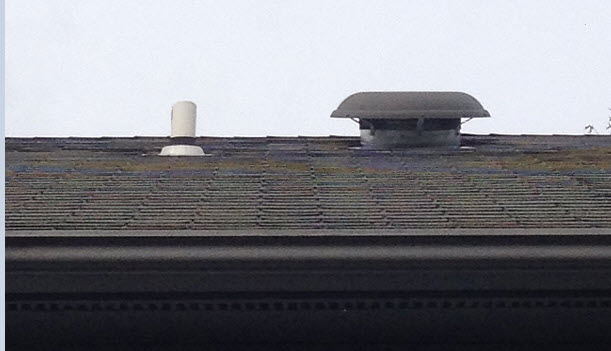I am new to home improvement, and I'd like to ask your advice. I am the owner of a house in Maryland. Within a few weeks, we will install a new roof.
Currently, my roof doesn't have a ridge vent, and an attic fan only runs. My contractor told me he can add a ridge vent.
Do you think I'd better keep the attic fan running in addition to a new ridge vent? Both can be working together?
or
do you think I'd better remove the attic fan, and have the new ridge vent only? It should be a good idea?
or
do you think I'd better keep the attic fan without installing a new ridge vent if Howard county doesn't require it.
I thought that in the long run, if the attic fan could cause any rain/snow/leaves-related leaking issues, it could be safer to remove it. The chance is extremely low? or my thought is a good idea? Usually, how often (in years) do I need to replace an attic fan with a new one?
I appreciate your advice in advance.
(Added)
Yes. we have soffit venting (under the eaves), and each vent on two sides.
However, I found that some portions of the soffit venting are closed somehow, maybe (see the picture). I am not sure how though. Should I clean them up ASAP?




